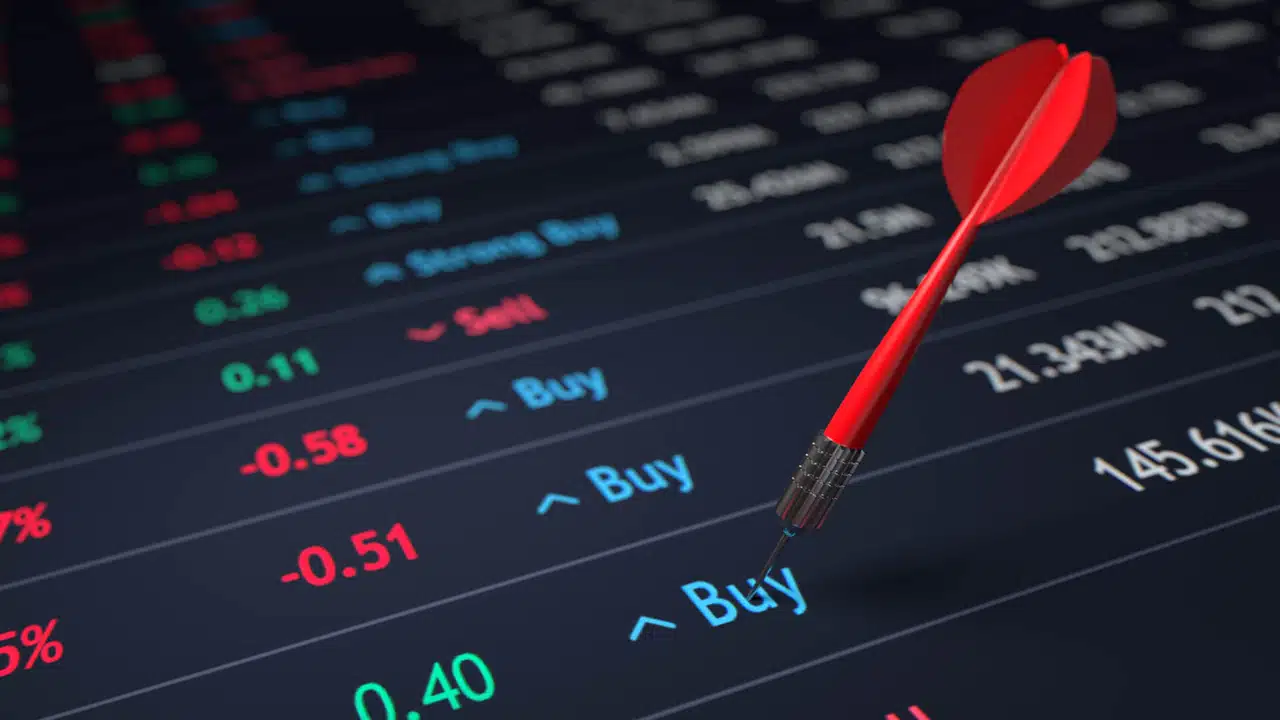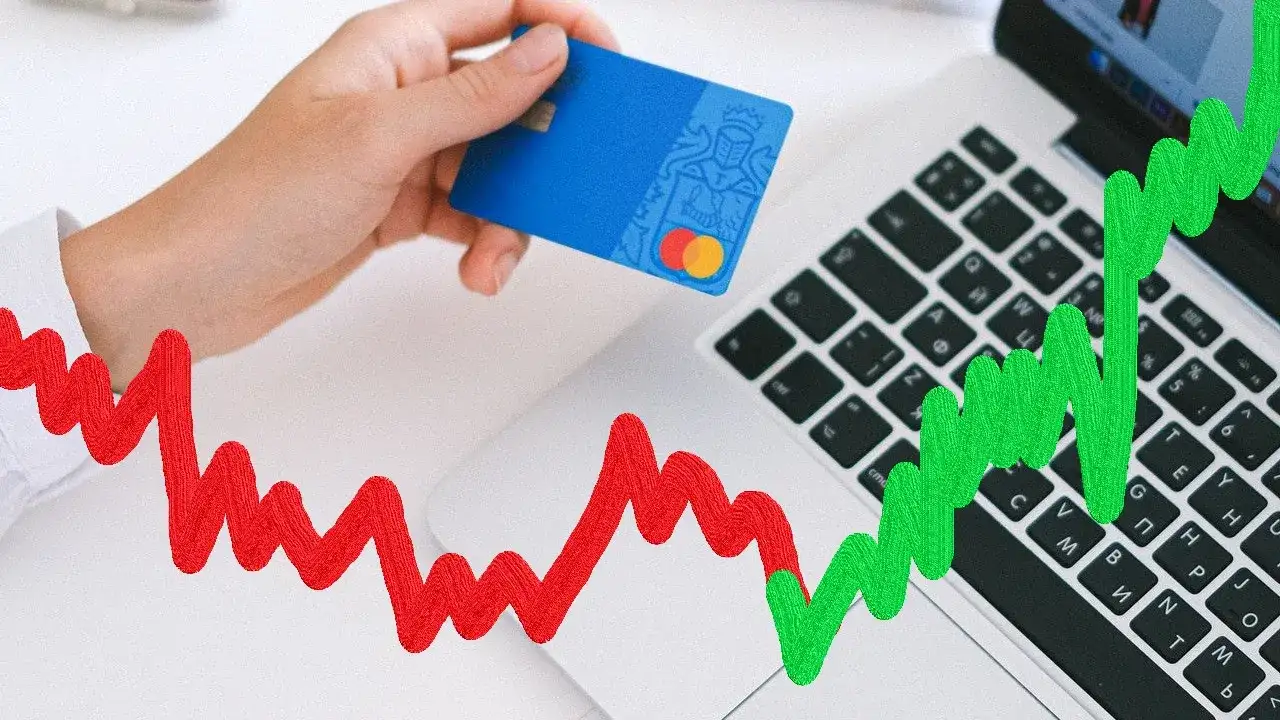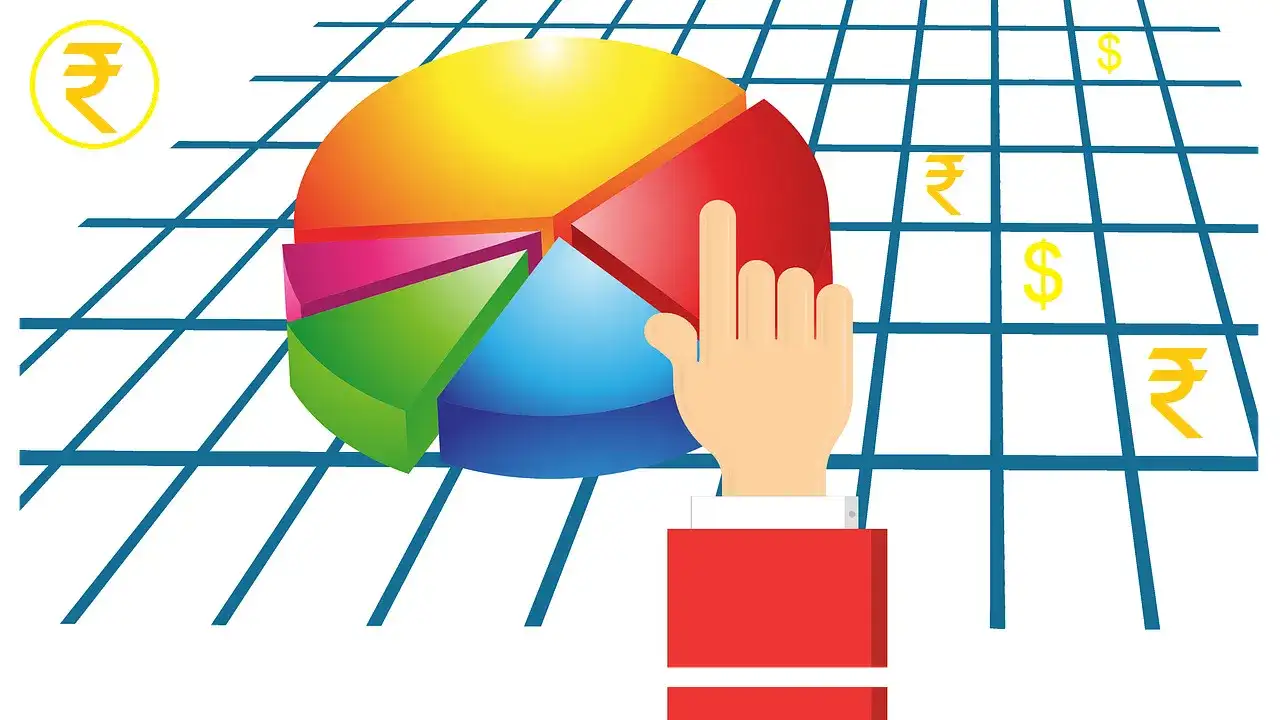Every business activity involves some level of risk, and managing that risk well is important for running a successful business. Risk is something that management of a company can handle to a certain extent. Check out these types of financial risk management to enhance your knowledge.
Some risks can directly handle, but others are mostly out of the hands of the company’s leaders. Sometimes, the only thing a company can do is try to predict possible risks, figure out how they might affect the business, and be ready with a plan for how to handle bad things that happen. Read this insightful analysis for a different perspective on principles of financial management topic.
Types of Financial Risk Management
Financial Risk Management is the process of finding dangers, analyzing them, and deciding whether to take them or try to lower them. These risks can be either numeric or qualitative, and it is the Finance manager’s job to protect the company from them with the tools that are available. The Basel Accords are a set of rules that foreign banks agreed to follow in order to keep an eye on credit, marketing, and operational risks in the banking industry and make them public. Here is an overview of types of financial risk management with a detailed explanation for your convenience.
Risk of Growth
You get paid for the resources or assets you need to grow your business, which comes with new risks, before you get paid for the goods or services you sell. As your business grows, you’ll have to pay for more inventory, staff, and promotion before you start seeing more sales. It’s possible that this will affect your cash flow and your ability to pay your bills, like rent and loans. You can lower the risk of growth by carefully planning your spending and how your cash flows.
Risk of Credit
Credit risk is the chance that a borrower or customer will not pay back a loan or debt. When you borrow money, you have to think about more than just the loss of the capital. You also have to think about things like the loss of interest, rising collection costs, and so on. Financial experts use yield spreads to figure out how much credit risk there is in a market.
To lower Credit Risk, one of the easiest things to do is to check the credit of a potential customer or loan. You could also buy insurance, put up assets as collateral, or have a third party guarantee the loan. Once a business has a connection with a customer, they may ask for advance payments, payment on delivery before the goods are sent, or not to extend lines of credit until the Credit Risk related to unpaid customer invoices has been reduced.
Government Finance Perils
A government is at risk of losing money when it doesn’t have control over its monetary policy, can’t or won’t stop inflation, doesn’t pay its loans, or has other debt problems.
Take treasury notes, which are issued by the US government. A number of governments, such as those in Venezuela, Russia, Argentina, and Greece, have not paid their bills. Some governments just put off paying their debts, while others pay less than what agree upon. In both cases, it puts investors and other parties at risk of losing money. This is good types of financial risk management.
Risk of Liquidity
In addition to managing a company’s cash flow, financial risk management also deals with cash flow. Every business needs to make sure it makes enough money to pay its bills. If the bills aren’t paid back, investors may lose faith in the company.
How to exactly describe financial risk. How likely it is that a company will not be able to meet its commitments. And bad cash flow management is one of the reasons for this. Even if a company has a lot of stock, it may still have a high liquidity risk. It happens when the business can’t turn its assets into cash to pay its bills. Some investments, like bonds and real estate, may take a long time to turn into cash. So, a company needs to check its assets to see if they can cover any short-term debts or losses.
Risk to Reputation
When an organization’s image is hurt, it can lose social capital, market share, or money. This call reputational risk, which is also written as “Reputation Risk.” Because reputation is a nebulous asset, it is hard to predict or measure how much Reputation Risk will cost. On the other hand, it closely connect to Corporate Trust, which is why damage to a company’s image can hurt its finances. Criminal investigations into a company or its top executives, breaking the rules of ethics, not having policies for sustainability, or problems with the safety and security of a product, a customer, or staff are all things that can hurt a business’s image.
As technology grows and social media becomes more popular, small problems can now affect people all over the world. As a sort of protest, people have stopped buying those products. In the worst cases, Reputational Risk can even cause a company to go bankrupt. Because of this, more businesses are putting money and time into managing their image.
Show Risk
Statistics models use to figure out how much different financial tools are worth and how to choose which portfolios to invest in. Risk numbers, prices, and the best strategies will all be wrong if the model is wrong.Model risk measures the effects of using wrong models to estimate risk, set prices, or choose investments.
The spread of risk factors is the most important part of a statistical model in finance. Some new papers find out how likely it is that the model will be wrong by treating the factor distribution as if it were a random variable with an unknown distribution. They come up with risk measures that take model risk into account and make it easier to handle both market risk and model risk consistently. In addition, they give principles for model risk measures and give a number of real-world examples of how to use superposed model risk measures in financial risk management and pricing contingent claims.
Money Market Risks
Because they are so vulnerable to outside forces, financial markets are often a place where a lot of risk happens. When there is a financial problem in an important part of the market, the market as a whole suffers. Besides that, things like instability also have an effect on the market. It makes the fair value of market goods less certain. It is implicit volatility that shows how volatile something is. This number show as a percentage, and it shows how much people believe that market returns relate to the market’s general value. It looks at markets that are going up and markets that are going down. Because of this, volatility risk can cause big price changes in the stock market.
Defaults and changes in market interest rates can be bad for your money. Defaults usually happen on the debt or bond market when issuers or businesses don’t pay their debts. Investors lose money when financial institutions fail. In the same way, changes in the market interest rate make it less profitable for investors to buy individual assets. They have no choice but to invest in debt products that have low yields or no returns at all.
Risk of Valuation
Valuation risk is the chance that a business will lose money when trading an asset or debt because the price paid for it was less than what it was worth in the books. If you want to put it another way, valuation risk is the unknown difference between what an asset or debt is worth on the balance sheet and how much it could fetch if it were sold or transferred (the “exit price”).
When in-house pricing models are used to value financial instruments with complicated properties and limited liquidity, this risk is higher. There are several things that can go wrong with valuation: not taking risk factors into account enough, modeling risk factors incorrectly, or modeling how sensitive instrument prices are to risk factors incorrectly. Models are more likely to make mistakes when they use inputs that can’t see or for which not much information is available. This is also true when financial instruments aren’t easily trade, which means that the accuracy of pricing models can’t check through normal market trades.
Financial Perils
Credit risk, also called failure risk, is the danger that comes with borrowing money. If the borrower can’t pay back the loan (the loan goes into default), the owners will make less money from interest, principal, and loan payments. Creditors often see an increase in the costs of collecting debts. Specific risk is another word for when only one or a few businesses are having money problems. This risk has to do with how a business or group of companies handles its capital, its chances of defaulting, and its financial transactions. In this way, specific risk shows how uncertain buyers are about getting returns and the chance of losing money.
Organizations also have to deal with business risk. Businesses face this kind of risk when their financial decisions are wrong or their management is bad, which means they don’t reach their goals because of things inside the company. Different types of businesses are affected by financial risks. People must be aware of the financial risks they face. But understanding the risks and how to protect yourself doesn’t get rid of the risk; it just lessens the damage and makes it less likely that something bad will happen.
Forex Peril
Foreign Exchange Risk also know as exchange rate risk, currency risk, and FX risk. When a business does a transaction in a currency other than its working currency, which is usually its own currency, it has to pay this fee. The risk comes from changes in the exchange rate between the running currency and the transactional currency that are not favorable.
Economic Risk, also called Forecast Risk, is a part of Foreign Exchange Risk. It refers to how much an organization’s product or market value is affected by sudden changes in the exchange rate. Foreign Exchange Risk is more common for companies whose main source of income is importing and exporting things or that have expanded into foreign markets.
Risk in Operations
Basel II says that operational risk is the chance of losing money directly or indirectly because of people, systems, processes, or events happening outside the company that don’t work right. It includes legal risks, scams, environmental risks, physical risks (like big power outages, infrastructure shut downs, etc.), and security risks. Unlike other types of risk, operational risks don’t affect income, aren’t done on purpose, and can’t completely eliminate. The risk will stay the same as long as people, systems, and processes are flawed and useless.
But when it comes to Financial Risk Management, operational risks can keep within acceptable risk tolerance limits. To do this, the costs and benefits of suggested improvements weigh against each other. This is another types of financial risk management.
Financial Risk Ahead
If you don’t make smart decisions, you could lose money. Taking unnecessary days off work is a common way to put your money at risk. Additionally, investing in high-risk ventures is another contributing factor. People should recognize that every action carries a potential for adverse outcomes. While it’s not always feasible to evade dangers, it is crucial to comprehend their ramifications fully.
FAQ
Why is it Important to Handle Financial Risks?
It helps the business organize and keep track of important business data and processes. It gives you a better idea of how to measure success and find ways to make money. Model risk factors can link to the business cycle.
What is an Example of Financial Risk Management?
Risk management use all the time in the business world. It happens when an investor buys U.S. Treasury bonds instead of corporate bonds, when a fund manager uses currency options to protect himself from currency risk, or when a bank checks a person’s credit before giving them a personal line of credit.
What does Financial Management Mean?
Financial management is the process of planning, carrying out, and overseeing a business’s money-related tasks. Financial management includes tasks like figuring out how much capital need, how it should split up, how to handle cash flow, how to spend money, and how to get rid of extra money.
Conclusion
Financial risk management looks at present and possible financial risks and takes steps to lower an organization’s exposure to those risks. There are risks to people’s finances, companies’ finances, and the governments’ finances. Risk isn’t always negative; managed well, it signifies growth. In business, market debt levels gauge financial leverage using ratios. We truly hope you enjoyed this lesson on types of financial risk management and learned something new.






